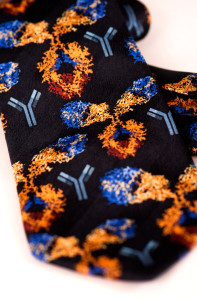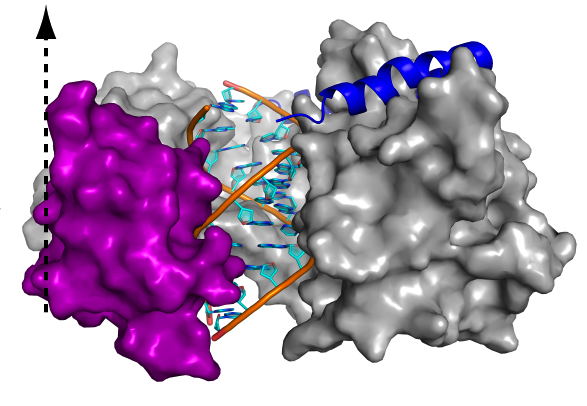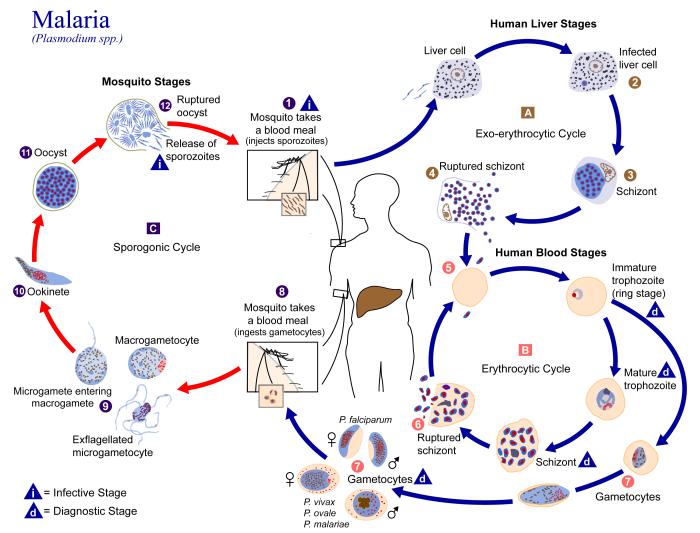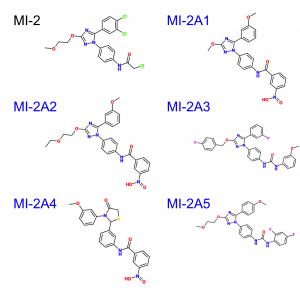
B cells learn early on how to make many kinds of antibodies. What role do microbes in the gut play in teaching them to do so?
Your immune system’s B cells can produce antibodies against an amazing number of pathogens—viruses, bacteria, etc.—without ever having encountered them. That’s because, as they develop, your B cells reshuffle their antibody-producing genes into
an amazing number of possible combinations—more than 100 million—to produce what’s called your primary pre-immune B cell repertoire.
It’s long been thought that in people and in mice this reshuffling process—called V(D)J recombination, after the B cells’ antibody-coding V, D and J gene segments—takes place in two places: the bone marrow and the spleen. But new research from a team led by Frederick Alt, PhD, and Duane Wesemann, MD, PhD, suggests that there may be one more place B cells go to undergo recombination: the gut. What’s more, that reshuffling in the gut may be influenced by the microbes that live there.
Full story »

Recombinant DNA technology might turn bacteria into factories for producing siRNAs. (zoetnet/Flickr)
If you are a scientist and you want to turn off a gene, one option that’s been gaining traction is RNA interference (or RNAi). In this molecular process—first discovered in plants and only 12 years ago detected in mammals—bits of RNA called small interfering RNAs (siRNAs) cancel out a gene’s messenger RNA, effectively muffling that gene.
Labs can order custom-made, chemically synthesized siRNAs for just about any DNA sequence they want to silence. The tricky part is deciding what the right sequence is—especially when that gene is part of a virus, where genes can mutate pretty quickly.
However, a biotechnology approach to producing siRNAs could make it relatively easy for just about any lab that can master recombinant DNA technologies to make a number of siRNAs against multiple sequences within the same target gene: a potential bonus for companies seeking to make drugs that rely on RNAi. Full story »

What you're looking at is one of the key ways in which our immune system recognizes viruses before they cause trouble: by sensing the physical presence of their genes. This image by Sun Hur, PhD, will help us better understand how.
Our immune system has immense powers of observation. It needs to in order to fend off the millions of bacteria, viruses, fungi, you name it, that we get exposed to every day.
I’m not talking about antibodies and T cells—parts of the immune system’s adaptive arm, which is fine-tuned to recognize a specific virus or bacterium. Rather, I’m talking about pattern recognition proteins—biological sensors capable of recognizing features and structures that only bacteria or viruses have. These make up the immune system’s innate arm, which essentially primes the body to attack anything that looks remotely like it doesn’t belong.
For instance, our cells carry sensors that can detect double-stranded RNA (dsRNA), which certain kinds of viruses use to encode their genome—like the rotavirus, which causes severe diarrhea in infants and small children. Our genome, by contrast, is encoded in DNA, and the RNA we make is single-stranded; if there’s dsRNA present, it means there’s a virus around.
In a recent paper in Cell, Sun Hur, PhD, of the Program in Cellular and Molecular Medicine at Boston Children’s Hospital, and one of her postdoctoral fellows, Bin Wu, PhD, spotlight one of our dsRNA pattern recognizers, a protein called MDA5. Full story »

The exceedingly complex life cycle of malaria. Within it lies the key to developing a vaccine against the parasite. (CDC)
The malaria parasite (or parasites: four species of Plasmodium can cause malaria in people) has a really complex life cycle. That complexity has allowed this mosquito-borne parasite from bringing untold misery to the human race for millennia. The World Health Organization thinks it causes 216 million cases of disease every year, while the U.S. Centers for Disease Control and Prevention estimates that some 3.3 billion people live at risk of malaria infection around the globe. Even in the United States, where malaria was officially eradicated 60 years ago, there are still about 1,500 cases every year.
All these numbers add up to one fact: we need a vaccine, badly. This is where malaria’s complexity becomes a problem. Full story »

Could one of these molecules break the back of a treatment-resistant kind of lymphoma?
It used to be that there were two kinds of lymphoma, a cancer of the white blood cells: Hodgkin’s lymphoma, and everything else (aka non-Hodgkin’s lymphoma). Now doctors recognize more than 20 different types of non-Hodgkin’s lymphoma, based on cell type, genetic/genomic features, what the cells look like under a microscope, where the tumors form, etc.
With greater knowledge of what makes a lymphoma a lymphoma has also come the recognition that each type, subtype and sub-subtype responds to the same treatment differently—or not at all.
That’s led to a more targeted approach to discovering and developing anti-lymphoma drugs, based on the unique molecular features of a particular subtype. A team of researchers including Hao Wu, PhD, of the Program in Cellular and Molecular Medicine at Boston Children’s Hospital, is getting good traction focusing on one especially hard-to-treat lymphoma. Full story »











